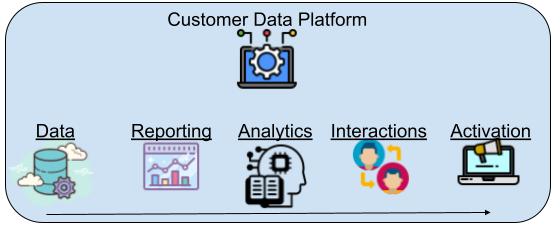Customer Data Platform: The Definition
The term Customer Data Platform (CDP) started to gain strength in the mid-2010’s. A CDP is a platform which consolidates all customer and touchpoint data, creates profiles, models and insights, and then uses those insights in targeting and optimization efforts on all available channels. The results of the treatments and interactions are then fed back into the CDP for a continuous feedback loop.
A key differentiator between database marketing of old and a CDP is that a CDP has direct access (pipes) to all relevant systems and touchpoints. Advancements in technology have also allowed for all the functionality within a CDP to be streamlined much easier than in the past along with the ability to efficiently store anonymous customer data and large behavioral data sources such as digital. Finally, CDPs are incorporated in all customer treatments including marketing, sales and risk.
CDP: The Capabilities
Full-featured CDPs include all of the following features which have evolved significantly in the past ten years and some of which are new since the term CDP was coined:
- Data Pipelines: Data pipelines allow for the automation and syncing of data from both internal and external sources. Examples include an internal transactional database, CRM systems (Salesforce, Marketo,..), the website and social platforms like Facebook & Linkedin.
- Consolidated Database: Central to a CDP is the database. All the data is consolidated into one database and multiple data silos do not exist in the platform. Data sources are consolidated, transformed and aggregated in order to enable efficient insights and streamline the application of the data. CDPs use multiple data sources including customer details, behavioral data (transactions and digital), qualitative data, customer interactions and marketing & sales campaign details (email, paid search, social, display, video,..)
- Business Intelligence: The reporting and dashboard environment is typically used by all the constituents of a CDP and is a critical component as it is used to provide insight and track performance which then helps drive business decisions.
- Analytics / Data Science: Profiles, segmentations, predictive models and forecasts are developed and the results are stored within the database to be used in all customer interaction and activation channels. Examples include customer valuation metrics, behavioral segmentations, and predicting which customers will have a higher chance of responding to a promotion or a greater likelihood of purchasing a product soon.
- Marketing / Customer Interaction Platform: The customer interaction platform is used to deliver marketing campaigns and interact with customers (both known & anonymous) on all relevant internal channels which include email, direct sales, payments and the website.
- Activation: Activation is similar to the customer interaction process above but on outside channels such as paid search (Google, Bing), social (Twitter, Facebook, Linkedin), and video & digital ads on outside web sites.
CDP: The Reality
Many firms are using the term CDP when they only provide a portion of the capabilities of a full-featured CDP solution. As an example, some Data Pipeline companies are defining their solutions as CDPs. Many of these solutions are very good, and allow for connecting to multiple sources much easier than in the past (especially cloud sources) but I would not characterize them as a CDP. This is not a criticism of data pipeline solutions as they not only allow for sourcing of data much easier they also allow for the streamlining of the activation process by pushing data back to the outside channels (Facebook, Salesforce, Google,..).
You may only need one of the capabilities listed above but if you are looking for a portion or all of the capabilities there are a few options including building your own environment with best-of-breed solutions. Those solutions will vary based on your needs and business type. The CDP institute defines a CDP as a packaged and ‘prebuilt’ system but the same can be done with individual solutions if that better fits your needs. Regardless of your needs, if you were to start from scratch, we can think of the CDP maturity as the following:

The first phase (data) is the process of sourcing and consolidation of all the relevant data – the second phase (business intelligence) derives insights from the consolidated data – the third phase (data science/analytics) creates predictions and segmentations which are used to target and tailor the interactions – the fourth phase (customer interactions) is the process of communicating with customers on internal channels using the advanced insights – the fifth phase (activation) is the process of making the insights actionable on all outside channels available including social, search and digital advertising (including video). Each process / phase interacts with, and feeds data back, to the database.
The data pipelines are then used to gather the results from the customer interactions and treatments in order to continuously track, measure, and optimize performance over time. This is a full featured, and full circle, Customer Data Platform.

